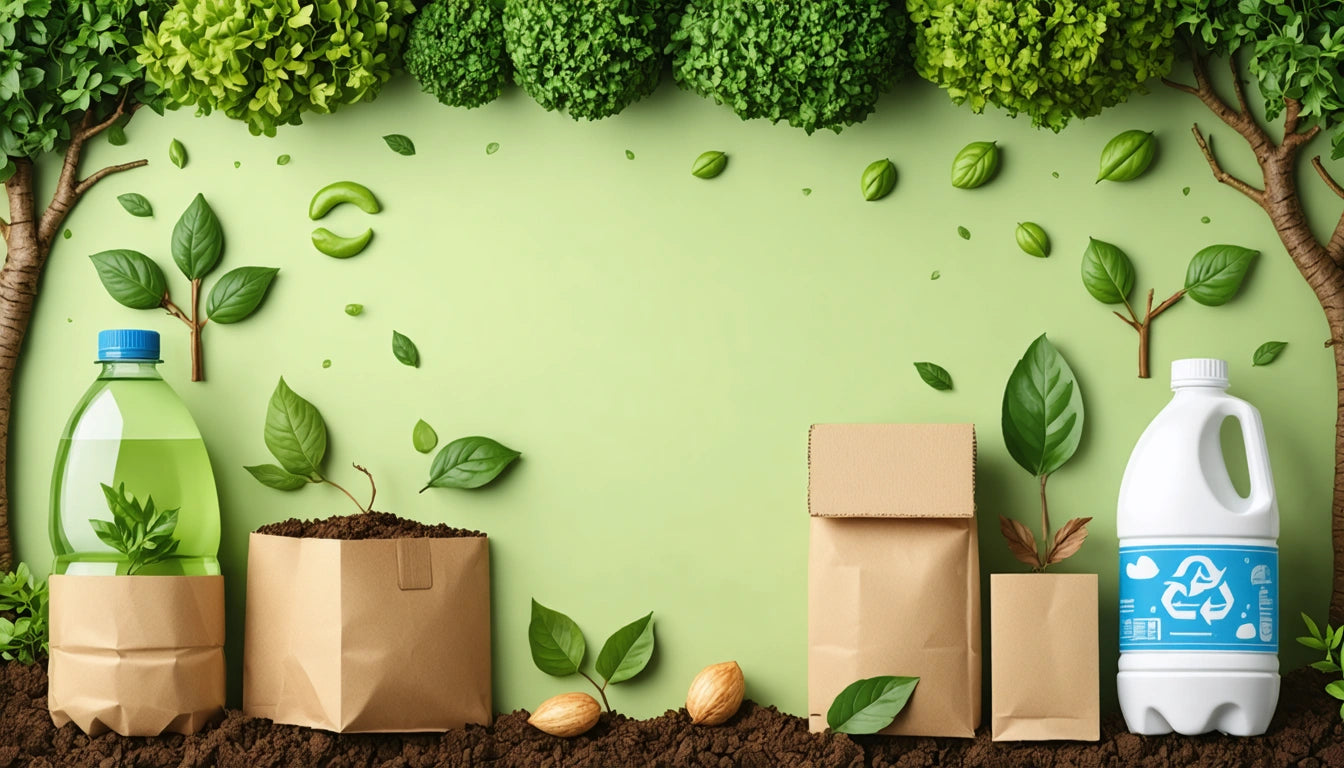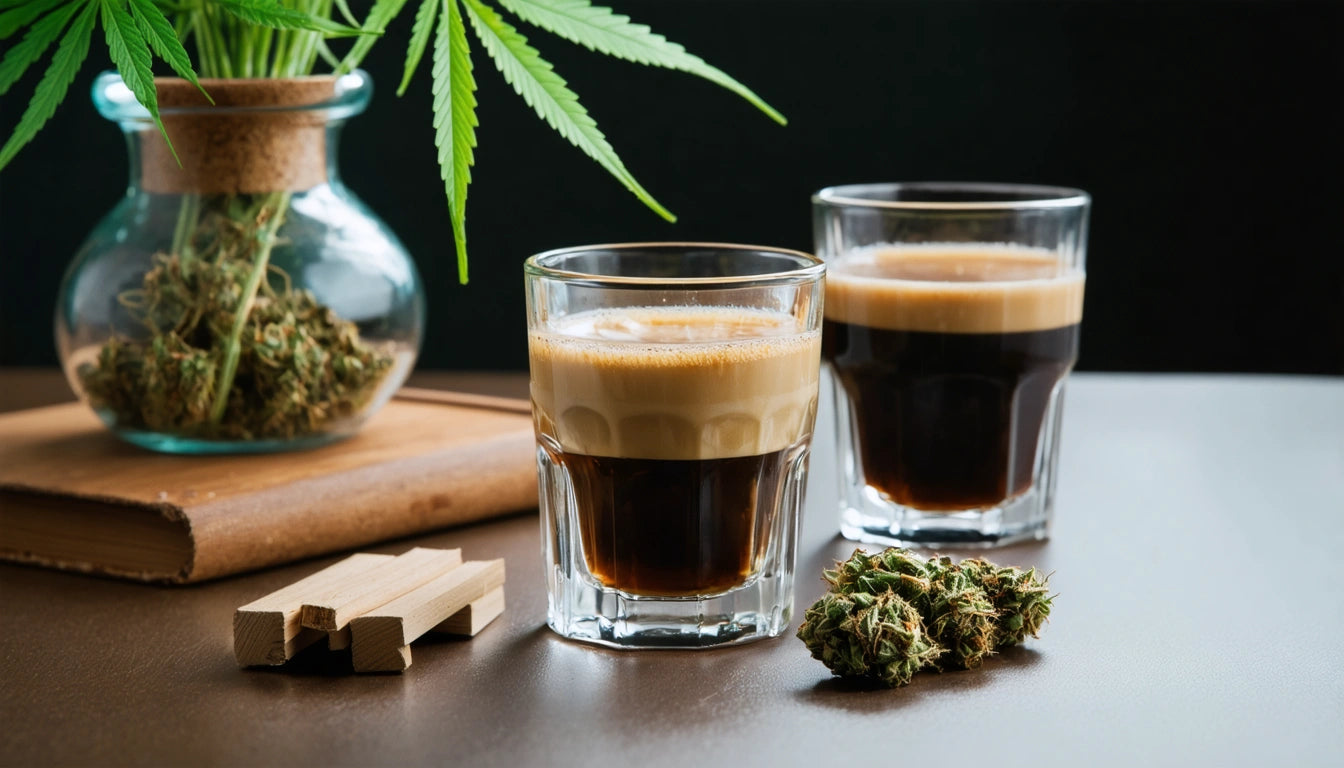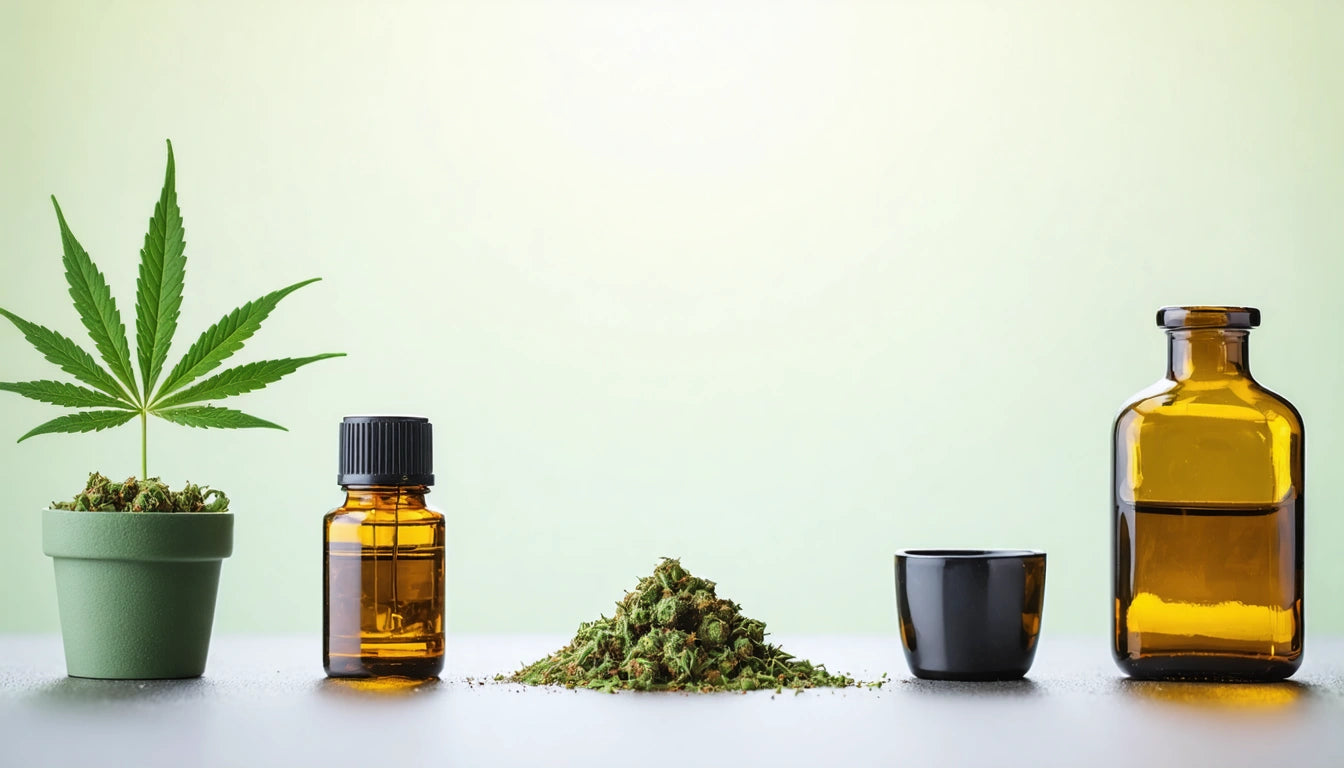Compostable vs. Recyclable Packaging: What's Better?
The debate between compostable and recyclable packaging continues to challenge brands seeking sustainable solutions. Both options offer environmental benefits, but determining which is truly better requires understanding their distinct properties, infrastructure requirements, and overall lifecycle impacts. This guide explores the key differences to help businesses make informed packaging decisions.
Understanding Packaging Sustainability Options
Sustainable packaging falls into several categories, with recyclable and compostable options being among the most discussed. Recyclable packaging can be processed and transformed into new materials, while compostable packaging breaks down into natural elements in specific composting environments. Each serves different purposes and comes with unique considerations.
According to research on compostable packaging disposal, many consumers lack access to proper composting facilities, resulting in materials designed to biodegrade ending up in landfills where they cannot properly decompose.
Recyclable Packaging: Benefits and Limitations
Benefits of Recyclable Packaging
Recyclable materials offer several advantages that make them appealing for sustainable packaging:
- Established infrastructure in many regions
- Consumer familiarity with recycling processes
- Potential for multiple lifecycle iterations
- Often more durable for product protection
- Generally lower production costs compared to compostables
Many brands utilize mono-material packaging to improve recyclability, as single-material designs eliminate separation challenges during processing.
Limitations of Recycling Systems
Despite its benefits, recycling faces significant challenges:
- Contamination issues that reduce material quality
- Inconsistent municipal recycling capabilities
- Downcycling rather than true recycling for many materials
- Energy-intensive collection and processing
- Limited markets for certain recycled materials
Compostable Packaging: Advantages and Challenges
Advantages of Compostable Solutions
Compostable packaging offers distinct environmental benefits:
- Complete biodegradation into soil nutrients
- Reduced dependence on petroleum-based materials
- Potential to divert food waste from landfills when combined with food scraps
- Growing innovation in material science
- Strong consumer perception as an eco-friendly choice
Cutting-edge compostable packaging includes innovative materials like mushroom-based packaging and seaweed films that offer unique properties beyond traditional options.
Challenges Facing Compostable Packaging
Despite its promise, compostable packaging faces several hurdles:
- Limited industrial composting facilities in many regions
- Confusion between home and industrial compostability
- Often shorter shelf life and reduced durability
- Typically higher production costs
- Potential contamination of recycling streams if improperly sorted
When selecting jar packaging components, many brands are exploring compostable options for secondary packaging while maintaining recyclable or reusable jar lids and closure systems that provide necessary product protection and compliance features.
Environmental Impact Comparison
When comparing environmental impacts, several factors must be considered:
Lifecycle Assessment Factors
- Raw material sourcing and production energy
- Transportation carbon footprint
- End-of-life processing requirements
- Water usage during manufacturing
- Chemical inputs and potential toxicity
According to research on biodegradable materials, some compostable options may actually have larger carbon footprints during production than their recyclable counterparts, despite their end-of-life benefits.
Business Considerations When Choosing Sustainable Packaging
Beyond environmental impacts, businesses must weigh several practical factors:
Cost Implications
Sustainable packaging choices impact the bottom line through:
- Material procurement expenses
- Production efficiency and scalability
- Shipping weight and dimensional considerations
- Potential regulatory compliance costs
- Consumer willingness to pay premiums
ROI analysis for sustainable packaging suggests that while initial costs may be higher, long-term brand value and consumer loyalty can offset these investments.
Marketing and Consumer Perception
How packaging sustainability claims are perceived influences brand value:
- Clear communication of environmental benefits
- Transparency about limitations
- Alignment with overall brand sustainability positioning
- Educational opportunities for consumers
- Third-party certifications for credibility
Eco-visibility in packaging design demonstrates how visual cues can help consumers understand sustainability features without relying solely on text explanations.
Making the Right Choice for Your Brand
The question of whether compostable or recyclable packaging is better ultimately depends on specific contexts. Consider these guiding principles:
- Evaluate your specific product needs and protection requirements
- Research local waste infrastructure where your products are sold
- Consider hybrid approaches combining different sustainable materials
- Test consumer response and education needs
- Develop a roadmap for continuous improvement
Rather than viewing sustainable packaging as a binary choice, forward-thinking brands are developing phased approaches that incorporate the best elements of various solutions while acknowledging current limitations. The most successful strategies balance immediate environmental gains with long-term sustainability goals, recognizing that perfect solutions may not yet exist in today's evolving packaging landscape.











Leave a comment
All comments are moderated before being published.
This site is protected by hCaptcha and the hCaptcha Privacy Policy and Terms of Service apply.